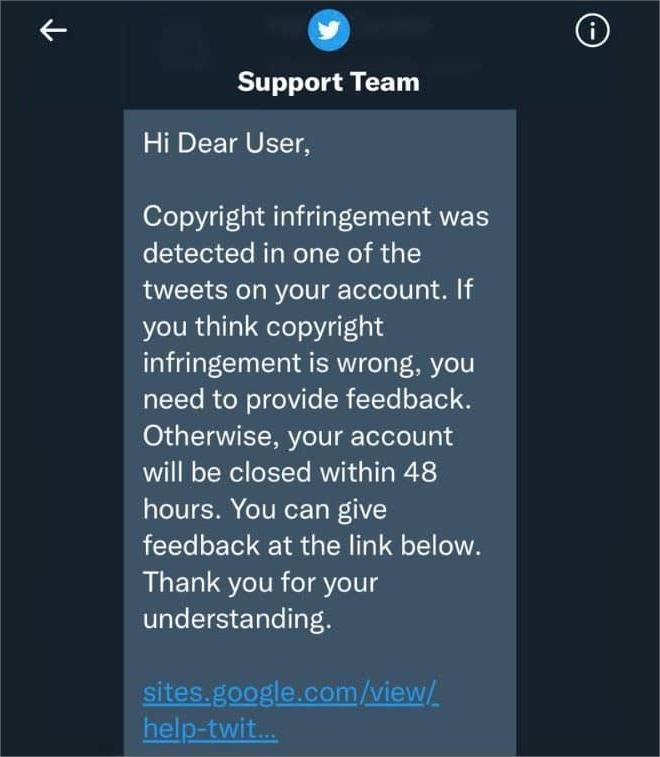How to identify scammers on social media?
Understanding Social Media Scams
Social media scams are a form of fraud that takes place on social networking sites. Scammers often create fake profiles, build friendships with unsuspecting individuals, and send spam or links to malicious websites. Recognizing these scams is crucial for protecting your personal information and maintaining your online security.
Quick Tips to Spot Scammers on Social Media
1. Poor Language Skills
Messages containing numerous grammatical and spelling errors are a common red flag. Many scammers are not native English speakers, which often results in poor spelling, strange and unnatural language, or awkward formatting. Be particularly cautious if someone's claimed background (such as place of birth or education) does not match their writing style.
2. Sparse Profile Content
An account with little content or few friends is suspicious. The average Facebook user has about 200-250 friends. If an account is very new or has an unusually low number of followers, it could be a scammer.
3. Impersonation of Existing Contacts
Scammers may create "cloned" profiles to impersonate your friends and contacts. If you receive a friend request from someone you think you are already connected with, verify the request through another means of communication.
4. Random Messages with Links
Receiving unsolicited messages with links is a major warning sign. Avoid clicking on links or engaging with unsolicited direct messages (DMs), as they may lead you to fake websites or result in downloading malware onto your device.

5. Requests for Money or Investments
If someone asks you to send money online (via gift cards, wire transfers, payment apps, etc.) or invest in cryptocurrencies, it is likely a scam. This is one of the most prominent red flags of a social media scammer.
6. Too-Good-To-Be-True Deals
Posts or ads promoting incredibly good deals are often scams. Be wary of low prices or hard-to-find items that seem too easy to buy. These are common tactics used by scammers to lure victims.
7. Suspicious Online Stores
Be cautious of online stores that offer great deals but lack basic information such as shipping times, costs, company addresses, and direct contact information. When in doubt, follow best practices on how to shop safely online.
8. Moving Conversations Off Social Media
Scammers may insist on taking the conversation off social media and ask you to text them. This allows them to bypass the security measures provided by most social media sites and continue the scam even if their account is reported and banned.
By being vigilant and aware of these common tactics, you can protect yourself from falling victim to social media scams. Always verify suspicious accounts and messages, and never share personal or financial information with unverified contacts.
Final Thoughts
Staying informed and cautious is your best defense against social media scammers. Share this information with your friends and family to help them stay safe online. Remember, if something seems too good to be true, it probably is. Stay alert and protect your digital life from scammers.